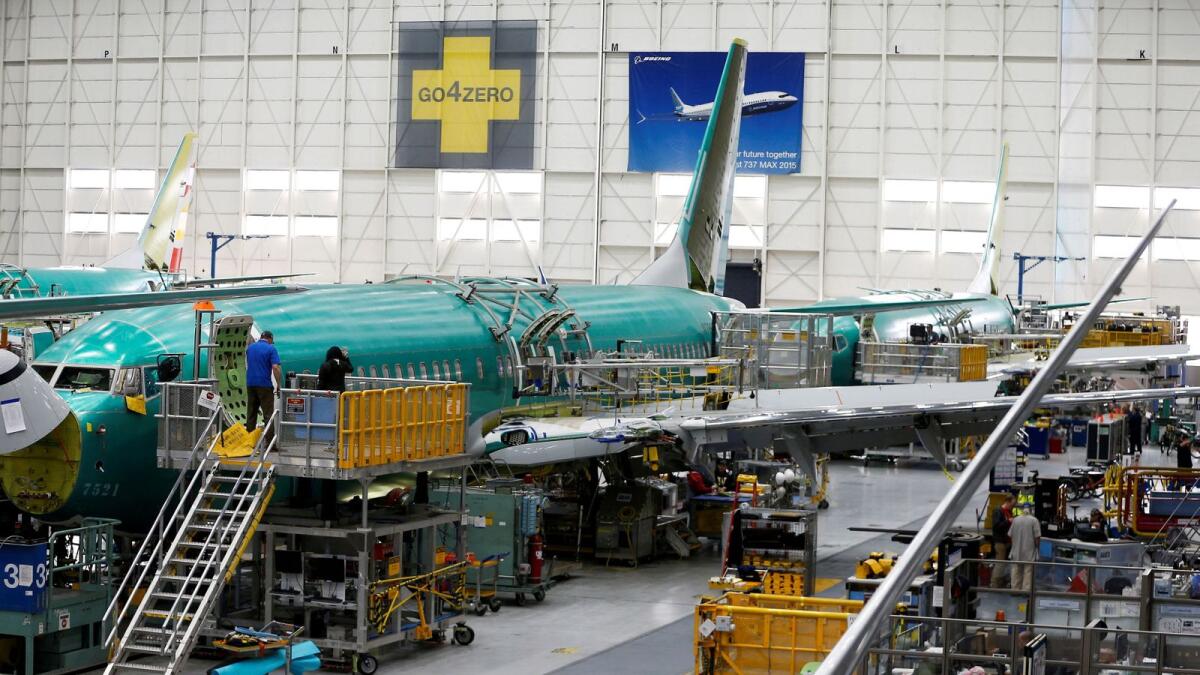US industrial production took a hit in July as reported by the Federal Reserve, showing a decline of 0.6 percent from the previous month. This drop was larger than anticipated and has been attributed to the impact of Hurricane Beryl, which caused shutdowns in the petrochemical and related industries. The manufacturing sector was particularly affected, with a 0.3 percent decline, mainly driven by a significant drop in the production of motor vehicles and parts. Despite this, the Fed noted that excluding this component, the manufacturing index actually increased by 0.3 percent. The mining index remained unchanged, while the utilities index slumped by 3.7 percent.
The negative impact on industrial production has raised concerns and may push the Federal Reserve to consider cutting its key lending rate from a two-decade high in the coming months. The Fed has been on a long-running campaign against inflation, and the recent data show that the effects are permeating through to the broader economy. The unexpected decline in industrial output has led to calls for action to stimulate the economy and mitigate the impact of external factors such as hurricanes and other disasters that may disrupt production.
Economists at High Frequency Economics (HFE) noted that the manufacturing sector typically bounces back after temporary shutdowns caused by disasters like Hurricane Beryl. They highlighted that the results may not be as dire as initially perceived, indicating potential for a rebound in the near future. Despite the challenges faced by the industrial sector, there is optimism that with appropriate measures and support, the impact of external disruptions can be minimized, and production can resume its upward trajectory.
The performance of key industries such as manufacturing, mining, and utilities in July provides insights into the broader economic landscape and factors that influence production. The decline in the manufacturing index, driven by decreased production of motor vehicles and parts, underscores the vulnerability of certain sectors to external shocks. This highlights the need for diversification and resilience in industrial operations to withstand unforeseen events that can impact output and overall economic performance.
The Federal Reserve’s observation of the impact of Hurricane Beryl on industrial production emphasizes the need for proactive measures to address vulnerabilities in critical industries. By monitoring and responding to disruptions resulting from factors such as natural disasters, policymakers can mitigate the adverse effects on the economy and support a faster recovery process. This underscores the importance of flexibility and adaptability in the industrial sector to navigate uncertain conditions and maintain stability in production levels.
In conclusion, the unexpected decline in US industrial production in July highlights the vulnerability of key sectors to external factors such as hurricanes and disruptions. The impact on manufacturing, mining, and utilities underscores the need for resilience and adaptive strategies to navigate challenges and maintain stability in production. As calls for a potential rate cut from the Federal Reserve grow, there is optimism that with the right measures in place, the industrial sector can rebound from setbacks and resume its growth trajectory. By addressing vulnerabilities and implementing proactive strategies, the economy can better withstand external shocks and ensure sustainable production levels in the long term.































